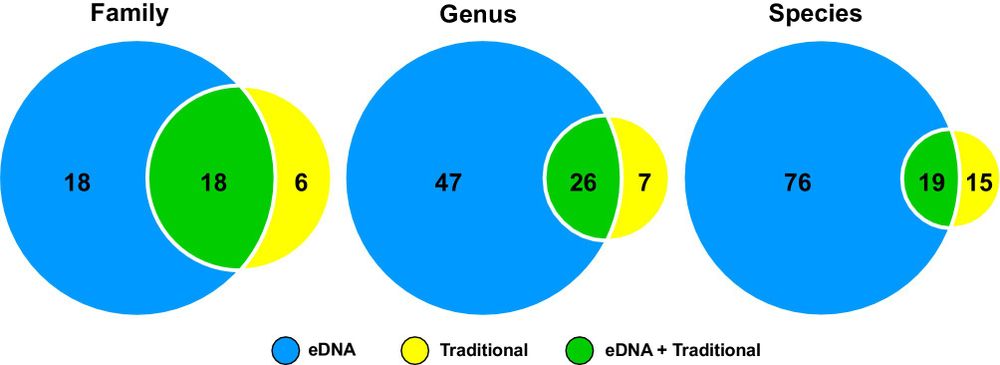Integrating climate change and fine-scale habitat suitability to assess amphibian range shift in Mount Emei, China - Frontiers in Zoology
Background Habitat range shifts driven by climate change threaten global biodiversity, with impacts likely to be most pronounced at mountainous regions. As key consumers, amphibians play critical roles in mountainous ecosystems by contributing to nutrient cycling, soil aeration through burrowing activities, and aquatic bioturbation. However, they are particularly vulnerable to climate change due to limited mobility and strong dependence on ambient temperature. Understanding their ranges shifts and responses to various environmental factors is a priority for identifying target conservation areas at a local scale. Here, we developed ensemble models to examine the current distribution of suitable habitats for amphibians, identify the environmental determinants of these habitats, and predict the potential range shifts under different climate projections in 2055 and 2085 in Mount Emei, China. Results Our results indicated that lowland areas exhibited higher geographical habitat suitability for amphibians, which serve as a transitional zone between urban regions and forests. The current distribution of amphibians is primarily associated with the Normalized Difference Vegetation Index and climate variables related to precipitation and solar radiation. This pattern may be attributed to amphibians’ physiological constraints and their specific requirements for food and habitat. Interestingly, even in a region developed for tourism, anthropogenic factors exhibited a positive correlation with amphibian distribution. This may be explained by the high habitat suitability found in lowland suburban regions. Moreover, the small body size of amphibians allows them to thrive in smaller, specialized habitats. Looking toward the future, geographical habitat suitability for amphibians projected to decline, particularly in lowland suburban areas under the high-emission and high-carbon consumption scenarios. These areas currently represent important habitats for amphibians but are expected to experience substantial degradation. These findings highlight the need for targeted conservation efforts in areas currently providing high suitability for amphibians, which may face increased pressure over time. Conclusions This study identifies the key determinants of amphibians’ current habitat suitability and illustrates a projected decline in overall habitat suitability under future climatic scenarios in Mount Emei. Future research on amphibian range shifts are encouraged to integrate considerations of their limited dispersal capacity and unique ecological characteristics.
















